Hydrovac Trucks: an Underappreciated Asset For Disaster Relief
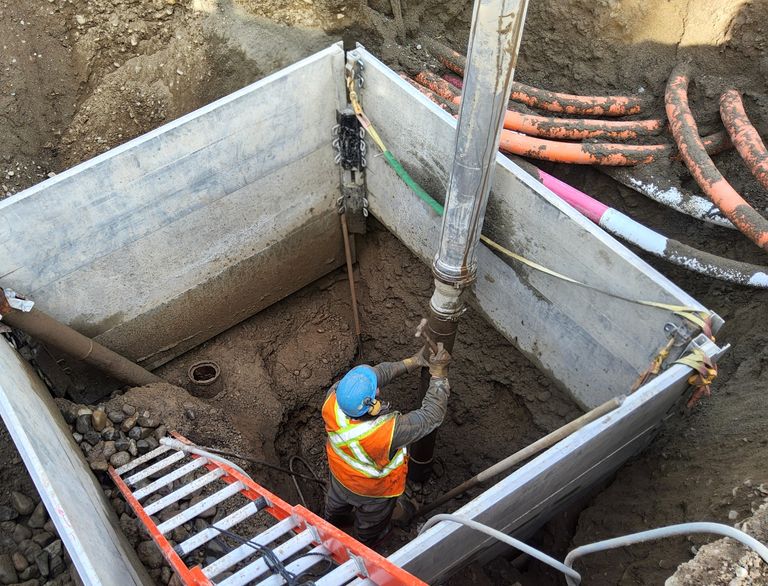
When a natural disaster strikes, even the most prepared citizens are sometimes left scrambling. Catastrophe isn’t always preventable, so it’s crucial to stay informed about the most effective disaster relief strategies. When Mother Nature wreaks havoc, storm damage can cause devastating consequences for towns, cities, or even entire states. Fortunately, hydrovac trucks have the power and capabilities needed to swoop in and save the day. Keep reading to hear more about these trucks and learn how they help out in emergencies.
What are hydrovac trucks, and how do they help in disasters?
Hydrovacs aren’t as widely recognized as dump trucks or cargo vans, but these lesser-known vehicles get tough jobs done right. Equipped with hydraulic systems, hydrovacs release highly pressurized water from a tank and use it to liquefy soil. Then, hydrovacs use their high-capacity vacuums to remove debris and clean the area.
1. Post-flood drainage
Between 1995 and 2024, an average of 113 people per year died in America as a result of flooding. Floods are alarmingly common, often occurring in the wake of hurricanes or heavy rains, and they can cause rampant destruction in the form of property damage and drowning. In the face of unimaginable disaster, hydrovac trucks can play a significant role in cleaning up and helping communities recover.
Using their powerful vacuums, hydrovacs quickly and safely remove standing water and suck it into their tanks. Hydrovacs can hold hundreds of gallons of water, saving workers time and money by reducing the number of trucks required.
2. Uncovering infrastructure
If you’ve ever experienced a powerful storm, you know the effect strong winds can have on large trees, homes, and even essential infrastructural elements. Strong winds and squalls from hurricanes, tornadoes, and other storm systems have the power to displace and/or harm underground utilities.
Fortunately, hydrovac trucks provide a secure way to expose utility lines when it’s time for repairs. These tools are widely hailed for their precision, making them a safe option for uncovering electrical lines and gas pipes without further damaging them.
When metal objects are thrown by wind, they may strike a utility line, resulting in electrocution, gas leaks, or even fires during and after the storm. Hydrovacs decrease this risk after the initial damage is done, allowing workers to assist with disaster relief efforts without putting themselves or others in harm's way. By utilizing hydrovacs, communities can repair critical infrastructure and get one step closer to rebuilding after terrible events.
3. Search and rescue operations
Storms vary in severity, ranging from annoying inconveniences to disasters beyond what most of us can comprehend. The most horrific storms result in losses far greater than damage to a home, vehicle, or power line, and not all fatalities are immediately obvious to those left behind.
When someone goes missing, trapped under a large piece of equipment, or hidden by a fallen tree, hydrovacs may be used to help locate them and bring peace to their loved ones.
By using vacuum technology, hydrovacs help remove large amounts of soil and water. This clears the way for rescue teams to discover the people, animals, and possessions hidden by debris during heartbreaking events like Hurricane Katrina and more recent flash floods.
Hydrovacs may first appear like a run-of-the-mill piece of equipment, but their importance actually goes far beyond that: they can provide much-needed closure for grieving families on their worst days.
4. Hazardous spills
Mud and water aren’t the only components of disaster. Environmental spills are instances where dangerous materials accidentally come in contact with the environment, and they sometimes happen due to pipeline breaks or human error. In 2004, for example, the Taylor Energy oil spill took place after Hurricane Ivan damaged an oil production platform.
The substances involved in environmental spills make the cleanup process challenging, as humans can’t come into contact with them without risking health effects such as irritated skin or respiratory issues. Hydrovacs allow workers to clean hazardous spills by safely sucking up debris, focusing precisely on impacted areas to remove chemicals, oils, contaminated soil, and more.
Hydrovacs can use their extendable hoses to work on locations hundreds of feet away, further protecting crew members from harm. Because hydrovacs work so fast, they speed up the cleanup process and limit the risk of human exposure to hazardous materials.
5. Navigating sensitive areas
Natural disasters are merciless, wreaking havoc regardless of a location’s importance. This means that when repairs are needed, crews must sometimes work in sensitive areas like cemeteries or spots with historical significance.
Due to their precision, hydrovacs are hugely valuable in circumstances like these. They can excavate in sensitive, high-risk areas without causing destruction.
Likewise, hydrovacs are beneficial when working within a community’s network of underground utility equipment. The infrastructure of towns and cities relies on utilities buried underground, and hydrovacs can use highly pressurized water to dig and clean up around these utilities without breaking them. Because they work so precisely, hydrovacs are a better tool for sensitive areas than traditional excavation methods.
Rebuild and recover with a hydrovac
Whether you need a hydrovac for emergency response purposes or for another job, you can count on Summit Truck Equipment for trustworthy vehicles. If you’re interested in purchasing a hydrovac, view the high-quality hydrovac trucks available on our website or stop by one of our locations today for a better look.
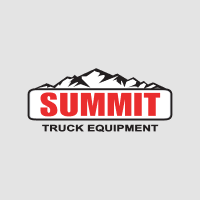
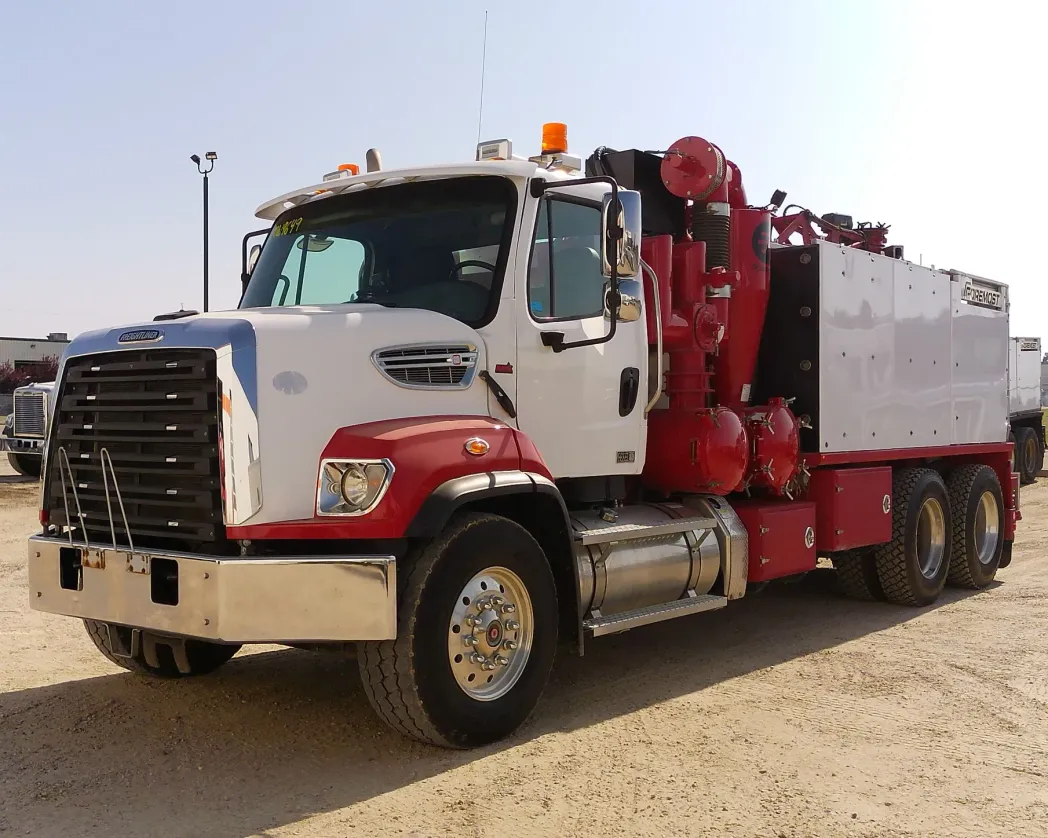





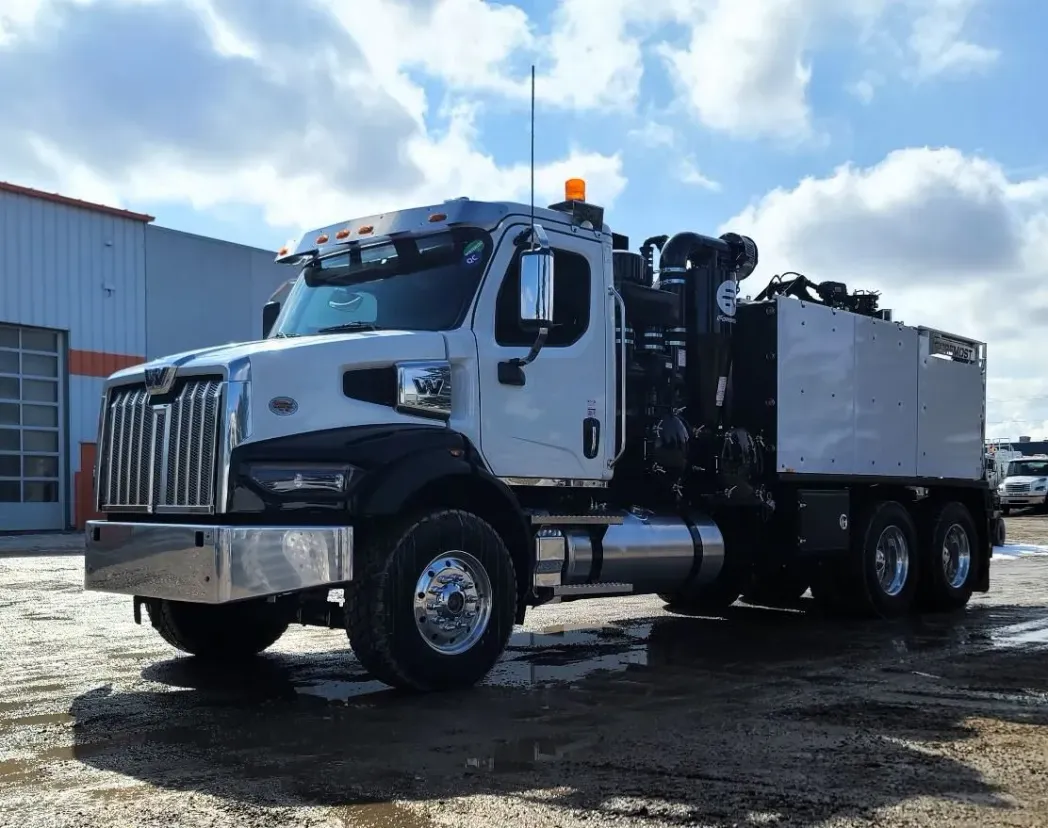


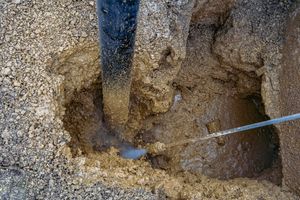

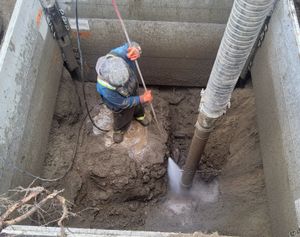
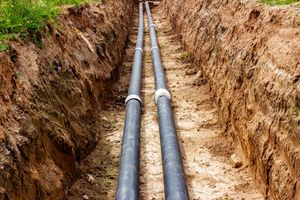



Share
Email
Facebook
SMS
Twitter